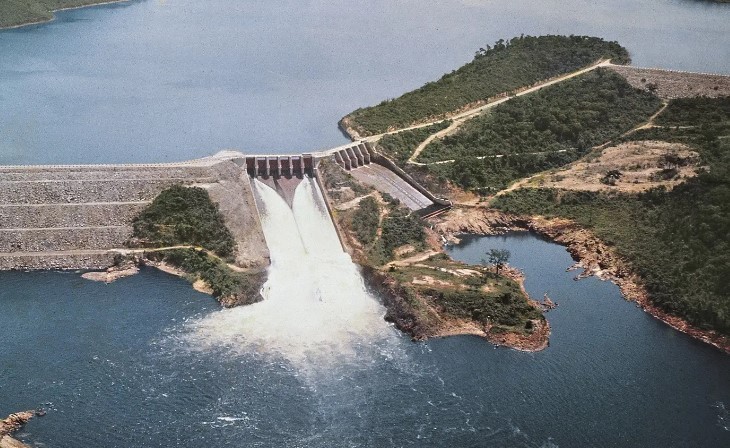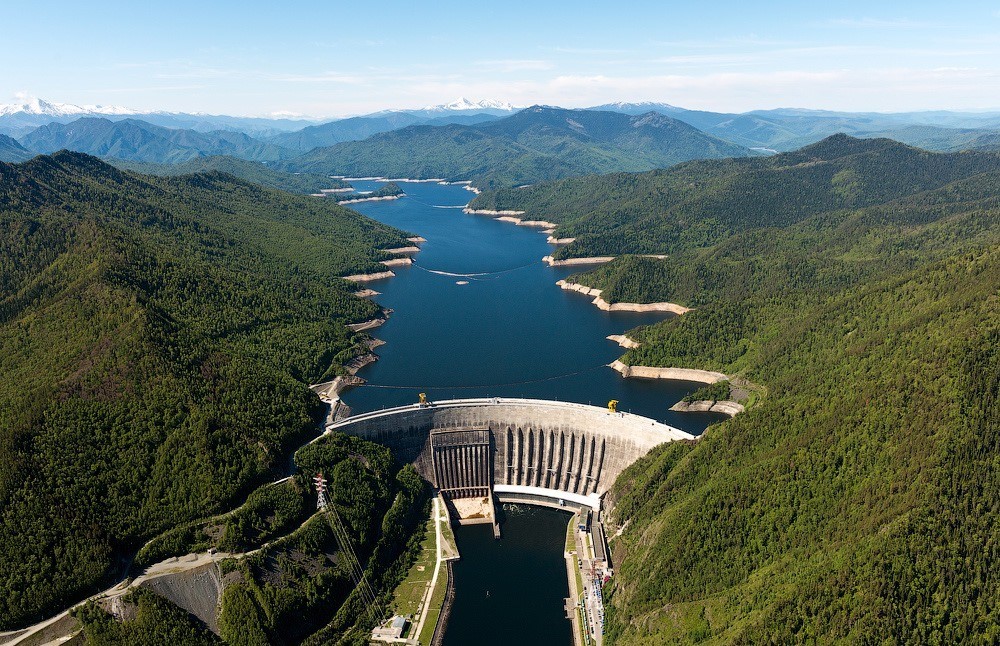The Largest And Most Majestic Hydroelectric Plant on Each Continent
| Table of Contents |
An Overview of Hydroelectric Power in the World
Presently, more than 15% of the electricity in the world comes from hydropower.
The world's largest suppliers of renewable energy are hydropower plants, which are the energy of the future. In the right places, hydropower can reduce our reliance on fossil fuels in a sustainable way. In the present, this source supplies 60% of the renewable energy used worldwide.
Big dams have had a terrible impact on people and the environment, and they still have the potential to do so. They have destroyed landscapes downstream, uprooted residents from their homes, and inundated parts of our priceless ecosystems. Small-scale hydropower facilities produce the best environmental results.
Despite this, hydropower still rules in many regions of the world. Hydro still rules the industry, despite the fact that several dams have been decommissioned in the US and some regions of Europe. In particular, hydro will probably continue to play a significant role in the mix of renewable energy sources for many years to come in China, South America, and Africa.
Here’s a list of the largest hydroelectric dams on each continent.
Largest Hydroelectric Plant in North America: Grand Coulee Dam
Quick Facts:
• Stream: Columbia River
• Location: Coulee Dam, Washington
• Owner: Bureau of Reclamation, Pacific Northwest Region
• Authorization: National Industrial Recovery Act, 1935 Rivers and Harbors Act
• Purposes: Irrigation, Hydropower, Flood Risk Management, Recreation, Fish and Wildlife
• Active Capacity: 5,349,560 acre-feet (total capacity of 9,715,346 acre-feet)
• Completed: 1933-1941 (main dam and left powerhouse); 1948 (right powerhouse); 1967-1975 (third power plant and forebay construction)
• Height: 550 feet
 |
| Grand Coulee Dam - Largest Hydroelectric Dam in North America |
This dam on the Columbia River was started during the Great Depression as a way to provide economic benefit to the dry eastern region of Washington state. Irrigation from the dam helped farmers there become more productive, but the electricity had a wider impact.
Not only did the abundant power from dam help spur the aluminum and aerospace industry in the Pacific Northwest, but electricity from the dam (completed in 1942) was used by the nearby Hanford site to produce plutonium for some of the first nuclear weapons. After expansion in the 1970s, the dam can generate more than 7,000 MW.
Largest Hydroelectric Plant in South America: Itaipu Dam
Between Paraguay and Brazil, the Paraná River is spanned by the Itaipu Dam. The building is actually four dams that have been joined together, and 380 Eiffel Towers' worth of steel was used in its construction.
The 20 turbines at the dam, which produce 14,000 MW, are split between the two countries, but Paraguay ends up with more power than it needs and sells the extra to Brazil. After it was finished in 1984, it held the record for largest hydropower facility for almost 30 years.
Africa: Aswan High Dam
Annual flooding on the Nile River has been a blessing for farming land along its banks for as long as people can remember, but it can also be a curse if flood levels rise too high. The Aswan High Dam was created in the 1950s with the intention of controlling the yearly flood and producing up to 2,100 MW of electricity to aid in Egypt's modernization.
The dam, which was built in 1970 and was designed by Soviet engineers, is not only Africa's largest source of hydropower, but also the largest embankment dam in the entire world. The currently filling Grand Ethiopian Renaissance Dam will have a capacity of more than 5,000 MW.
♦ Check More: Top 10+ Biggest and Majestic Hydroelectric Plants in Africa
Largest Hydroelectric Plant in Europe: Volga Hydroelectric Station (GES)
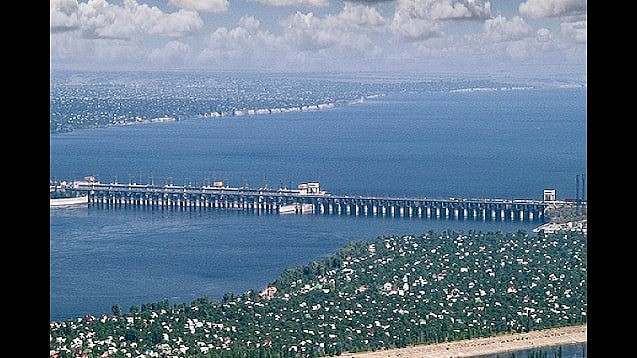 |
| Volga Hydroelectric Station |
There are many extremely large hydroelectric power plants in Russia, but the biggest are located in Siberia.
The largest hydroelectric station in Europe and a crucial component of Russia's unified energy system is the Volga Hydroelectric Power Station. It has a 2608 MW capacity. The hydrosystem has a total length of 5 km.
One of the most impressive buildings ever created, the Volga Hydroelectric Station astounds with its strength, grandeur, and magnificence. Because it is prohibited to stop and take pictures or videos inside the station, you can only take in the view of GES from the riverbank.
At the end of 1950, the construction's preliminary phase began. The Soviet Union's 2000 factories in 500 cities provided the workers, machinery, and equipment for the construction. A ceremony was held to officially open the Volga Hydroelectric Station in 1961. The hydrosystem facilities are the foundation for the railroad and highway crossings of the Volga River. A monument honoring the Volga Hydroelectric Station's architects, with the inscription "Glory to the builders of communism," can be seen if you enter the facility from Volgograd.
The Volgograd Reservoir, which many people refer to as a sea and has a length of 540 km and a width of up to 17 km in some places, deserves special attention. The depth near the dam is 41 m; the average depth is 10 m. The reservoir spans 3117 square kilometers in total area.
Another attraction nearby GES that is worthwhile to visit is the lighthouse. At any time of the year, it is an extremely beautiful location. The inhabitants of both cities enjoy their time here immensely, taking in the scenic surroundings and natural splendor.
Largest Hydroelectric Plant in Asia: Three Gorges Dam
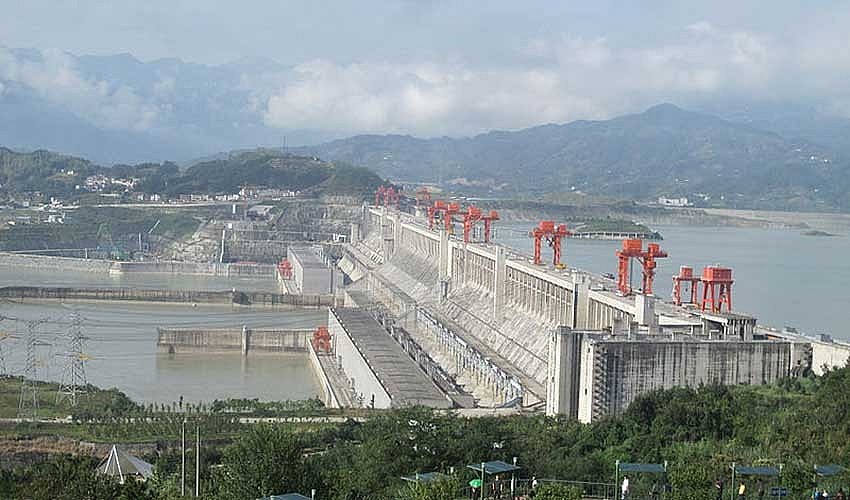 |
| Three Gorges Dam |
A hydroelectric dam has long been thought to make sense along the Yangtze River in China. The Three Gorges Dam, when finished, will be able to withstand a wall of water that is more than 360 feet high. More than 1 million people were relocated as a result of its construction and the reservoir's filling, which raised ethical and legal issues. However, since the dam's construction was finished in full in 2012, its 32 turbines have a combined installed capacity of 22,500 MW, which is the same amount of energy that the nation's coal power plants would have produced.
Since there are no current plans to construct anything bigger, the Three Gorges Dam should continue to hold the record for largest hydroelectric dam for a while.
Largest Hydroelectric Plant in Australia: Tumut 3 Power Station
Few watersheds in Australia have the potential to produce hydropower because it is the driest continent. The largest single source of hydroelectricity in Australia is the 1,600 MW Tumut 3 Power Station, which is situated on the Snowy River in southeast Australia.
It is a component of a larger irrigation and power project that, in addition to providing up to 3.7 GW of power, supplies water to the dry area to the west of the Great Dividing Range. It was completed in 1973.
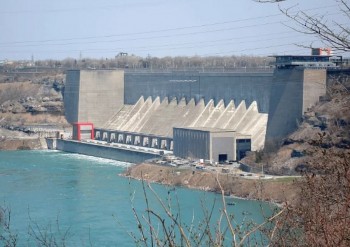 Top 6 Biggest & Majestic Hydroelectric Power Plants in the U.S for Discovering Top 6 Biggest & Majestic Hydroelectric Power Plants in the U.S for Discovering One of the oldest and most popular renewable energy sources is hydropower. Which hydroelectric power plants in the US are the largest? |
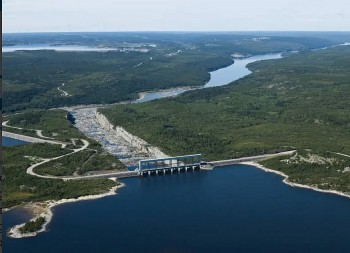 Top 10 Biggest & Majestic Hydroelectric Plants In Canada Top 10 Biggest & Majestic Hydroelectric Plants In Canada Hydroelectric power is one of Canada's chief sources of energy and accounts for more than 25% of domestic energy consumption.Explore the 10 largest and most ... |
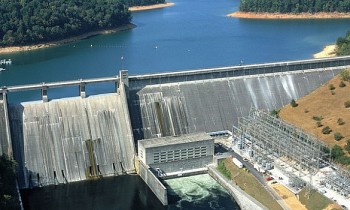 Top 8 Biggest Hydroelectric Power Plants in the UK Top 8 Biggest Hydroelectric Power Plants in the UK Hydroelectric power stations derive energy from moving water – and about 2% of overall electricity generation in the UK has been produced from these sources ... |

